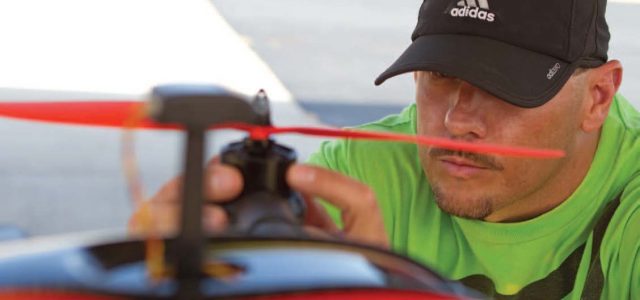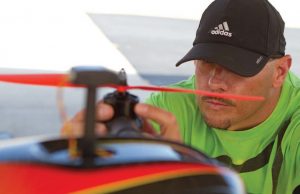What is the best procedure for doing a post-flight inspection of my multirotor?
Answer: It is also extremely important to measure the voltage of the LiPo battery pack immediately after the flight. The LiPo pack should be warm to the touch and slightly
swollen. You also want to check the total pack voltage and confirm that you did not exceed the discharge capacity. Use a portable cell meter to check to see if there are significant differences between the voltages on each individual cell. If you experience this problem, you should perform the discharge cycle while balancing the cells using a high-quality charger. Confirm that the issue has been resolved and that the battery is not damaged. Performing a visual inspection of the airframe is also important. Always check the battery connectors and cables for damage. Look for cracks in the airframe and landing gear, especially after a hard landing. You should carefully inspect the propellers to see if they sustained any nicks or damage from debris. If you notice any damage on the propellers, balance them when you get back home so that your multirotor is ready
for the next flight. Finally, clean the airframe so that it is free of dust and debris from the flying field. A postflight inspection is the sign of a professional multirotor pilot. It is better to find a potential problem with your multirotor while you have the time to make the repairs in your workshop with the proper tools rather than out in the field. Performing a thorough postflight inspection will ensure that your next flight will be uneventful.
Air Age Media ©




















